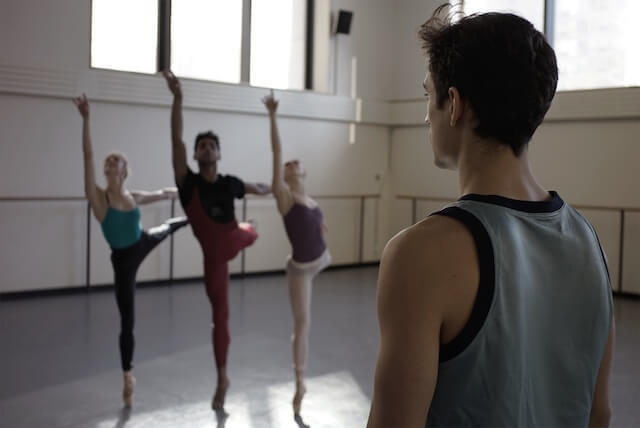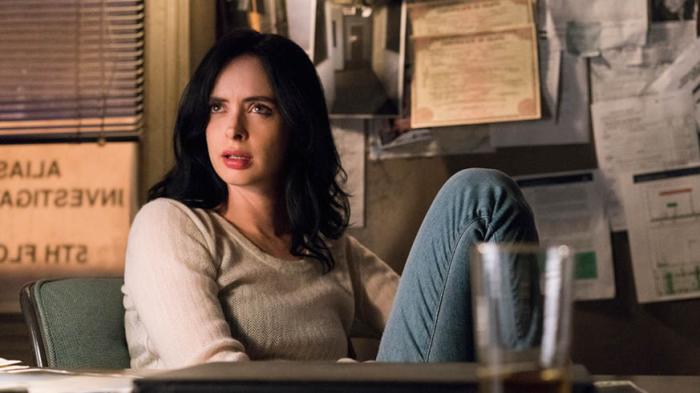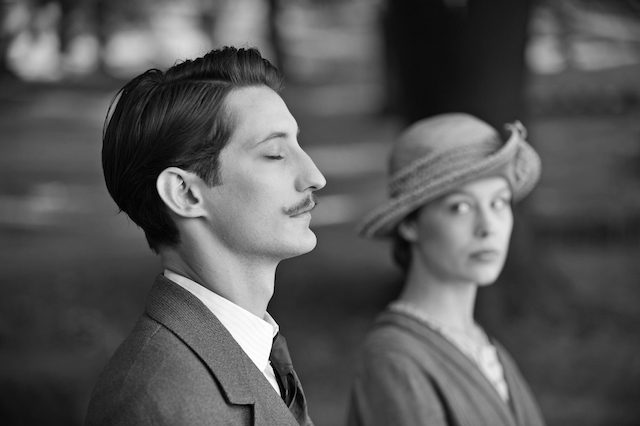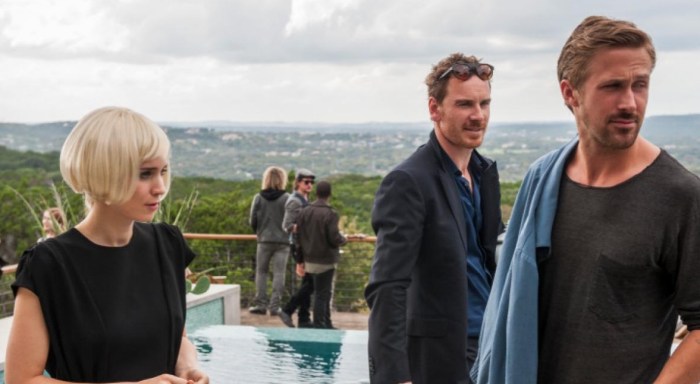‘Ballet 422’ “Ballet 422” is a familiar kind of minimalist documentary: the kind that gives you little in the way of hard facts, including much about the man — young New York City Ballet corps member Justin Peck — present in the majority of its shots. When the film starts, Peck has already been chosen to choreograph a ballet for his colleagues. It’s a daunting task, but we only know this by staring at his face, which bears a permanent look of vague shock. He never flips out, one way or the other, as though he was in a constant state of internalizing the stress and weight on his shoulders. He doesn’t need to put his anxieties into words; as the old screenwriting maxim goes, he shows, not tells. That approach extends to every aspect of “Ballet 422,” which has an extremely subjective take on the material it’s grabbing right from reality, but which position only comes across in what it chooses to show. That’s a tactic taken from legendary documentarian Frederick Wiseman, whose work is sometimes mischaracterized as fly-on-the-wall when, like this film, it’s highly constructed. The arc of “Ballet 422” is almost too simple: it shows the process of making a piece of art. It may be Peck’s baby, but he has to find ways to communicate his ideas to his performers. As the film goes on it drifts away from Peck and his dancers, dwelling on those who make the costumes, those who work in administration. Every ballet (or work of art) is a beast with multiple parts moving seemingly independent of each other. In the end, the piece lives on by itself; the creator’s identity is ultimately irrelevant. “Ballet 422” even closes with Peck quietly returning to his anonymous corps position. Time to make the donuts. The director is Jody Lee Lipes, mostly known as one of the great, young rock star cinematographers. (He’s on par with Bradford Young, of “Pariah,” “Mother of George” and “Selma”.) Lipes shot “Martha Marcy May Marlene,” “Afterschool” and “Tiny Furniture,” all of which delight in using the rectangular cinemascope frame to create claustrophobic spaces where bodies have key parts cut off or turned into out-of-focus blurs. He loves bodies and movement. (He also directed a gorgeously precise film of the Jerome Robbins ballet “NY Export: Opus Jazz,” done in plain clothes and sneakers in the city’s streets and buildings.) “Ballet 422” isn’t as rapturously filmed as those; the film’s biggest visual wallop is a shot of the back of Peck’s head as he stares at the final rehearsal performance, staring blinkered at the monster that now works independently of him. It’s power comes in the way it’s structured, and in its cool, detached tone. There are absolutely no outbursts typical of ballet films, from “The Red Shoes” to “Black Swan.” It’s just a group of highly-skilled artists working together to make something beautiful. “Ballet 422” is just an offshoot of that, every bit the piece’s equal. Follow Matt Prigge on Twitter @mattprigge
Director: Jody Lee Lipes
Genre: Documentary
Rating: NR
4 (out of 5) Globes
Review: ‘Ballet 422’ is the calmest dance movie ever

Magnolia Pictures


















